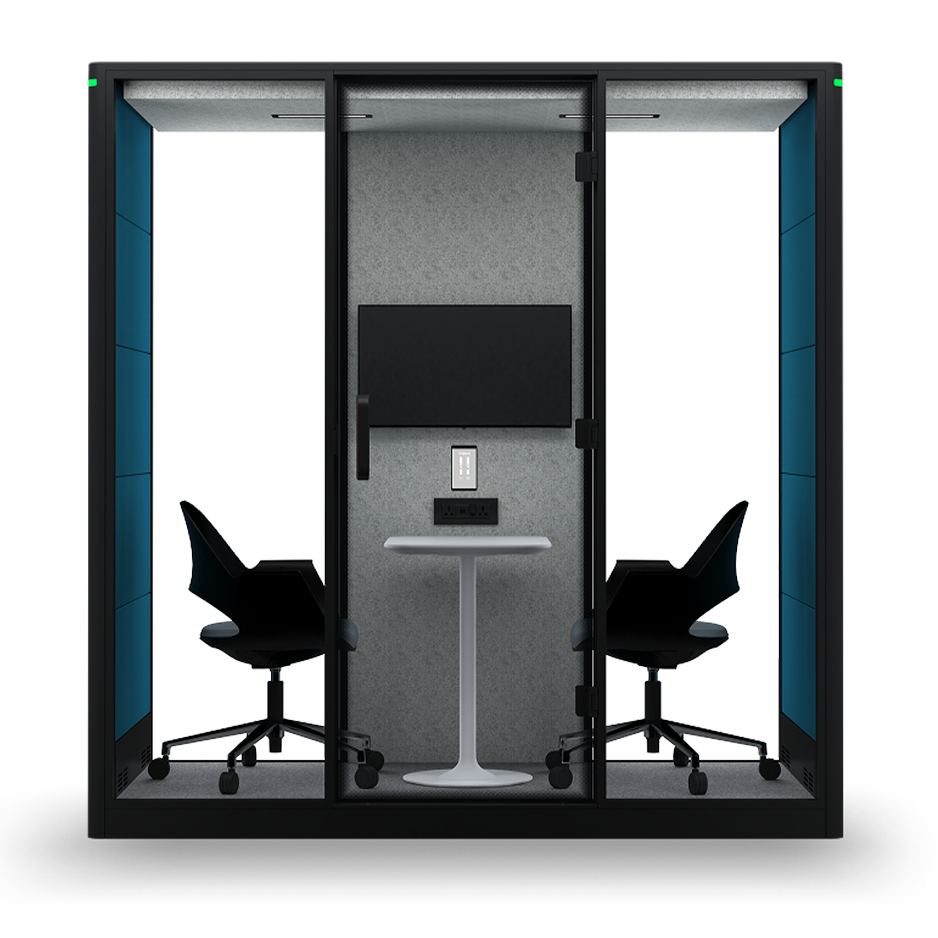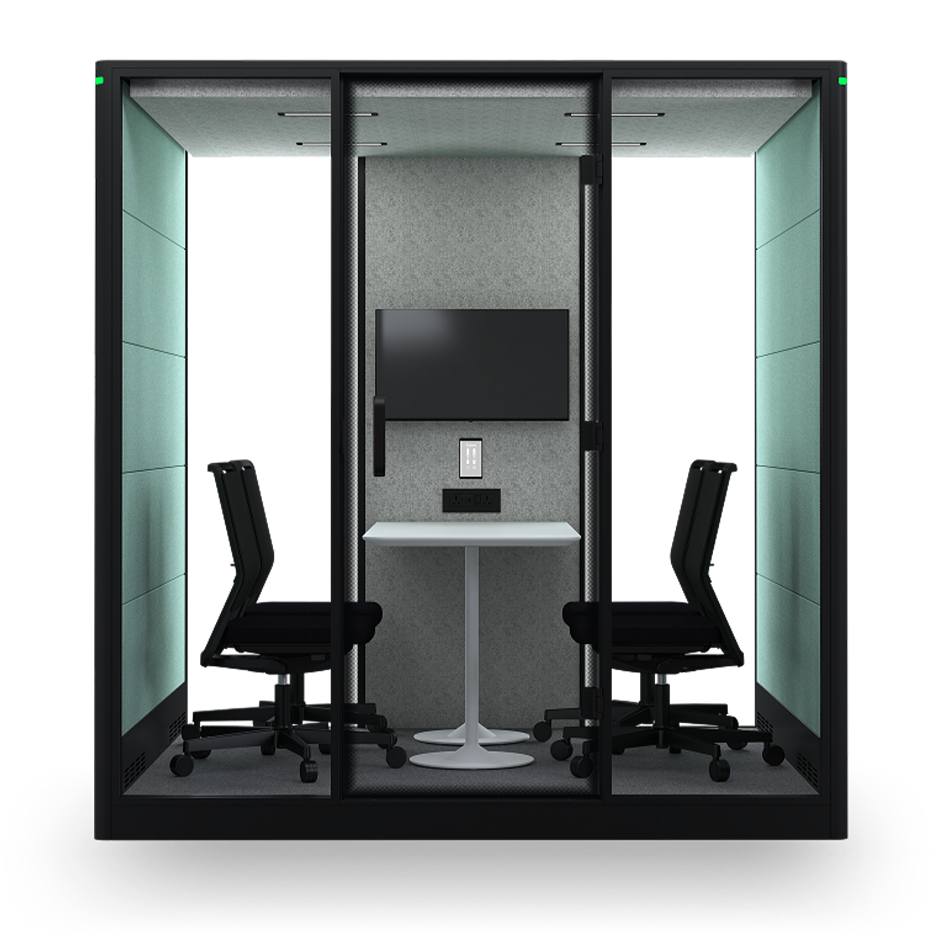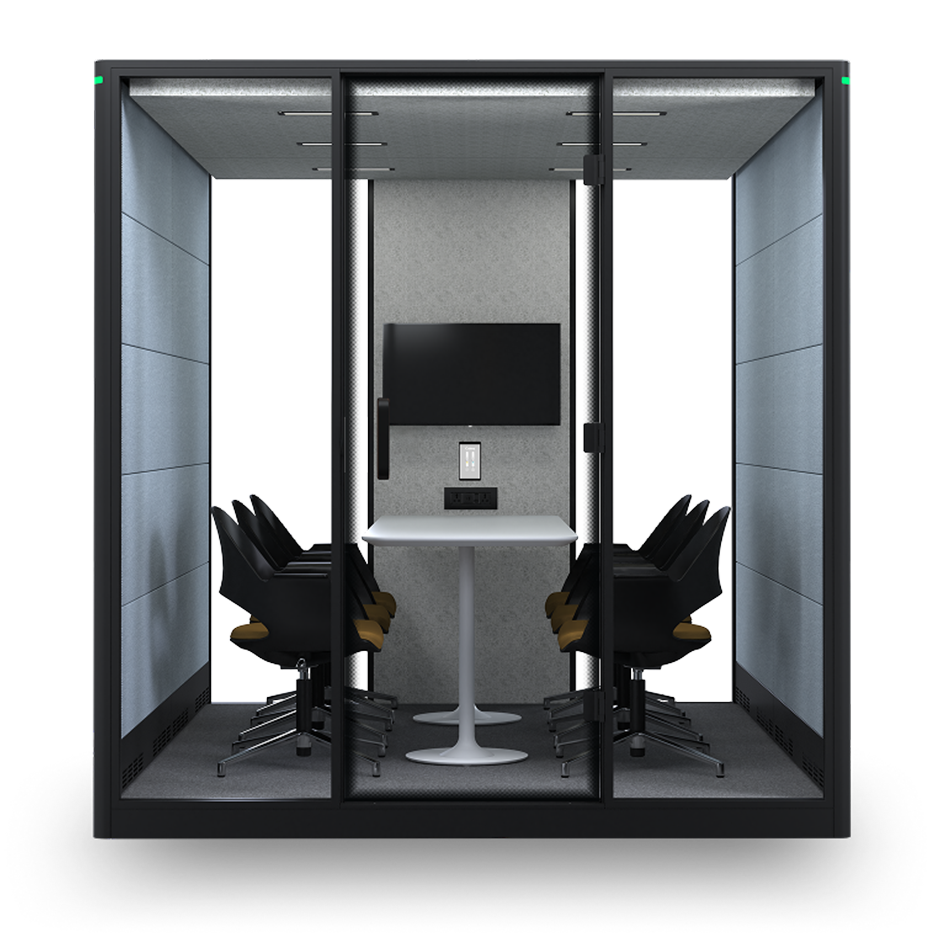What is The Perfect Amount of Lighting
How Lighting Values Are Calculated
Understanding Optimal Lighting
Optimal lighting in a workspace involves achieving a balance between natural and artificial light to create a comfortable and productive environment. The right amount of lighting can reduce eye strain, improve mood, and enhance overall work performance. Key factors include light intensity, color temperature, and distribution.
Natural vs. Artificial Lighting
Natural light is considered the best source of illumination due to its positive effects on circadian rhythms and mental health. However, artificial lighting is necessary to supplement natural light, especially in enclosed spaces or during times when natural light is insufficient. Combining both sources ensures consistent and adequate lighting throughout the day.
Lighting Intensity and Visual Strain
Light intensity, measured in lux, should be sufficient to perform tasks without causing visual strain. The recommended lighting level for office work is between 300 to 500 lux. Insufficient or excessive lighting can lead to headaches, fatigue, and decreased productivity. Adjustable lighting systems allow users to customize light levels based on their specific needs.
Color Temperature and Its Effects
Color temperature, measured in Kelvin (K), affects the quality of light and its impact on the human body. Daylight, around 5000-6500K, is ideal for maintaining alertness and focus. Warmer light (2700-3000K) is better for relaxation and reducing stress. Incorporating adjustable color temperature in lighting design allows for a flexible and user-centric lighting environment.
Distributing Light Evenly
Even light distribution prevents glare and shadows, which can cause discomfort and reduce visibility. Proper lighting design involves strategically placing light sources and using diffusers to spread light uniformly. This ensures that all areas of the workspace are well-lit, enhancing both visual comfort and aesthetic appeal.


How Lighting Values Are Calculated
Calculating Lighting Requirements
Lighting values are calculated based on the specific needs of a space, taking into account factors such as the type of tasks performed, the size and layout of the room, and the availability of natural light. Key metrics include illuminance (lux), uniformity ratio, and color rendering index (CRI).
Broadcast Lighting and Its Benefits
Broadcast lighting is designed to provide consistent, high-quality illumination for video conferencing and presentations. It ensures that participants are clearly visible on camera, enhancing the quality of virtual interactions. This type of lighting minimizes shadows and highlights facial features, creating a professional appearance.
Daylight vs. White Light
Daylight lighting, which mimics natural sunlight, is preferred for its positive impact on mood and productivity. White light, often used in artificial lighting, can range from cool (5000-6500K) to warm (2700-3000K) and is chosen based on the desired atmosphere and task requirements. Understanding the differences helps in selecting the right lighting for specific needs.
Light Intensity and Visual Strain
Light intensity directly affects visual comfort. Adequate lighting levels prevent eye strain and improve focus. Too much or too little light can cause discomfort and reduce work efficiency. Adjustable lighting systems allow users to tailor the light intensity to their preference, ensuring optimal comfort.
Even Distribution of Light
Calculating the distribution of light involves ensuring that light sources are placed to minimize shadows and glare. This is achieved through careful design and the use of diffusers and reflectors. Properly distributed light enhances visibility and creates a more pleasant working environment.









